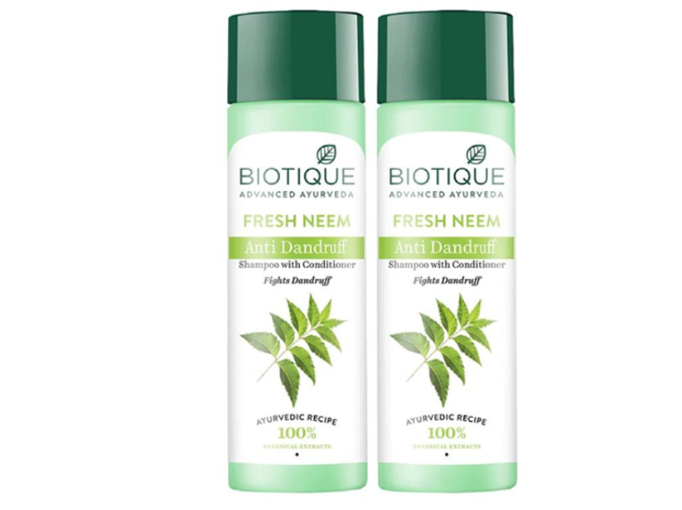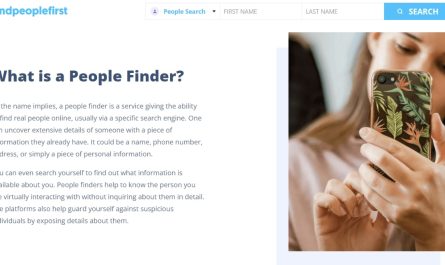Contents
Have you tried everything to get rid of the dandruff on your scalp? You might have done a lot to remove it. We can understand that it’s troublesome and disappointing. If you have applied a lot of anti-dandruff shampoo and nothing seems to work. Then, it is a good idea to recheck your daily hair care regime before giving up. Maybe your technique is wrong. First, let’s look at what dandruff is and its causes. Later, we will discuss some best practices for a healthy scalp and the dos and don’ts for dandruff.
Dandruff: What is it, and what are its causes?
With the buildup of scalp oils and dead skin, these buildups bond together and result in the scalp skin flaking. This flaky scalp is known as dandruff. It is visible as tiny white dots, usually on the tresses and shoulders. It can form due to various reasons like fungus formation on the scalp, genetically sensitive skin, hormonal changes, over-shampooing and weather conditions.
When your body is dehydrated and the skin is dry, the body produces more oil to balance it; this excess oil builds up and causes a flaky scalp. Even in the winter, the cold and dry air makes your scalp feel very itchy and flaky. In addition, the moist and warm environment of your hair is a good breeding ground for bacteria, which leads to scalp irritation. It is all about pH balance and maintaining it by following a healthy regime to combat dandruff.
Dandruff hair care routine
Dandruff is a treatable and non-severe condition that is manageable by following some quick tips. However, the time it takes to say goodbye to dandruff depends on its severity. Follow these tips to see the difference in one month:
- Invest in the best anti-dandruff shampoo and use it regularly to treat the dandruff. Use the one that has fewer chemicals and is made of natural ingredients like tea tree oil, neem, Bhrigraj, etc.
- If you have an oily scalp, then wash your hair frequently. Try at least each alternate day to remove excess oil and fresh scalp.
- Exfoliate your scalp similar to exfoliating your skin. This helps in getting rid of dead skin, clogged follicles and flakes.
- Eat healthy food for healthy skin, hair and scalp. Taking food containing Omega-3 and fatty acids helps to balance the oil production and probiotic food to fight against the fungus.
Daunting dandruff: Do’s and Don’ts
There is no definite treatment for dandruff. However, there are some dos and don’ts that you should follow to treat it effectively:
DOs:
1) Frequent Hair brushing: Frequent hair brushing works as an exfoliator to remove dead skin cells as the buildup on the scalp surface sticks to the brush. Without hair brushing, the dead skin will accumulate and result in dandruff. Moreover, hair brushing gives a scalp massage and evenly spreads away sebum and oils.
2) Alternate Different Shampoo: Alternate between the normal shampoo and anti-dandruff shampoo for the health of your scalp. Anti-dandruff shampoo can be harsh on the scalp if you overdo it. For better results and scalp nourishment, alternate between shampoos.
3) Lukewarm Water: Use only lukewarm or cold water to wash your hair. Never use hot water for hair wash as it can lead to a dry scalp and cause swelling.
DON’Ts
1) Too much Oiling: Avoid oiling the scalp too often, as the dandruff is not due to dryness but is a result of the fungus feeding on the scalp oils. Adding more oil worsens the scalp condition. However, anti-dandruff natural hair oil, which contains Neem, Basil, Tea-Tree and Turmeric, is helpful because of its antifungal and antibacterial properties. They work as dandruff treatments.
2) Rinse off Anti-Dandruff Shampoo: Don’t rinse off the anti-dandruff shampoo immediately after applying. Let it stay for some time on the scalp to do its work effectively. Massage the shampoo nicely on the scalp to treat your scalp, not the hair.
3) Scratch Scalp: Avoid scratching your scalp as it only provides temporary relief from itchy scalp. Further, scratching will irritate the scalp and lead to more itchiness and irritation. When your scalp is itchy, scratching is an obvious reaction, but you should try to minimise it.
4) Anti-Dandruff Shampoo for Hair: Do not apply the anti-dandruff shampoo all over the hair as it has some strong chemical ingredients to kill the fungus on the scalp. If you apply it on the tresses, it will dry and damage the hair. Use a regular shampoo to clean your hair tips.
5) Dandruff is Contagious: Dandruff is a common problem that causes the skin of the scalp to flake. Don’t think it is contagious, and spreads from head to head. It affects you only if the natural barrier of your scalp skin is weak.
6) Wet Hair: Sleeping with wet hair is bad for the scalp. It leads to more damage and breakage of the hair. Wet tresses are more vulnerable to dirt and sweat, which leads to flaking and irritation. Take out some time and blow dry your hair at low heat maintaining a safe distance. Whenever you wash your hair and before going to bed, do this.
Keep these dos and don’ts in your mind to keep the scalp healthy and flake-free. Use high-quality and natural products for your hair and scalp from renowned brands like Biotique. It has Boutique shampoo and conditioner for dandruff.
Say goodbye to dandruff.
Dandruff is a beauty concern that makes us feel embarrassed many times. Although it is a widespread, non-severe medical issue that can be treated easily by following good practices and the right tips. Healing from dandruff takes time. You can also choose to go for the best anti-dandruff treatment. However, you need to be patient and consistent with the scalp care regime. Follow these tips for a healthy scalp that won’t provide a breeding ground for the fungal infection. Also, invest in natural and chemical-free products to treat the fungus naturally. Don’t give up; you’ll soon have a healthy scalp and good hair.




